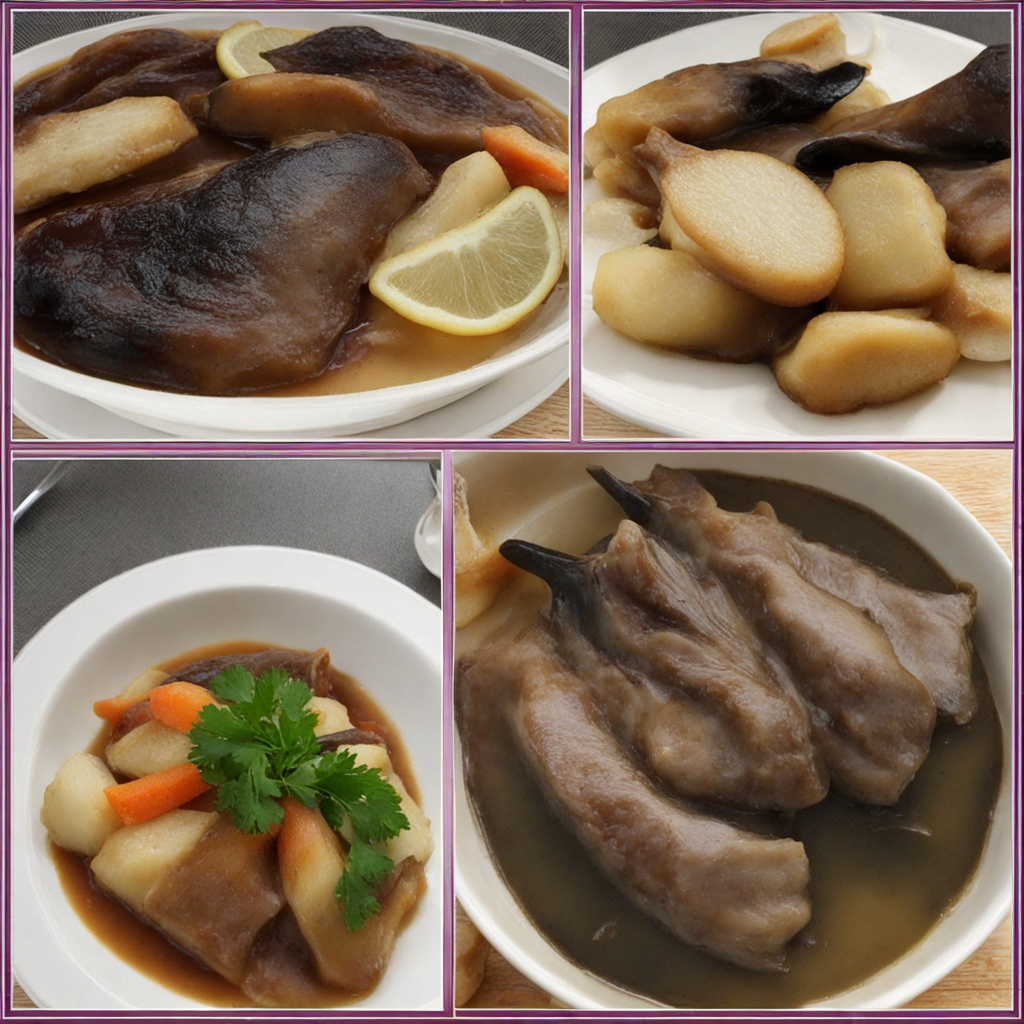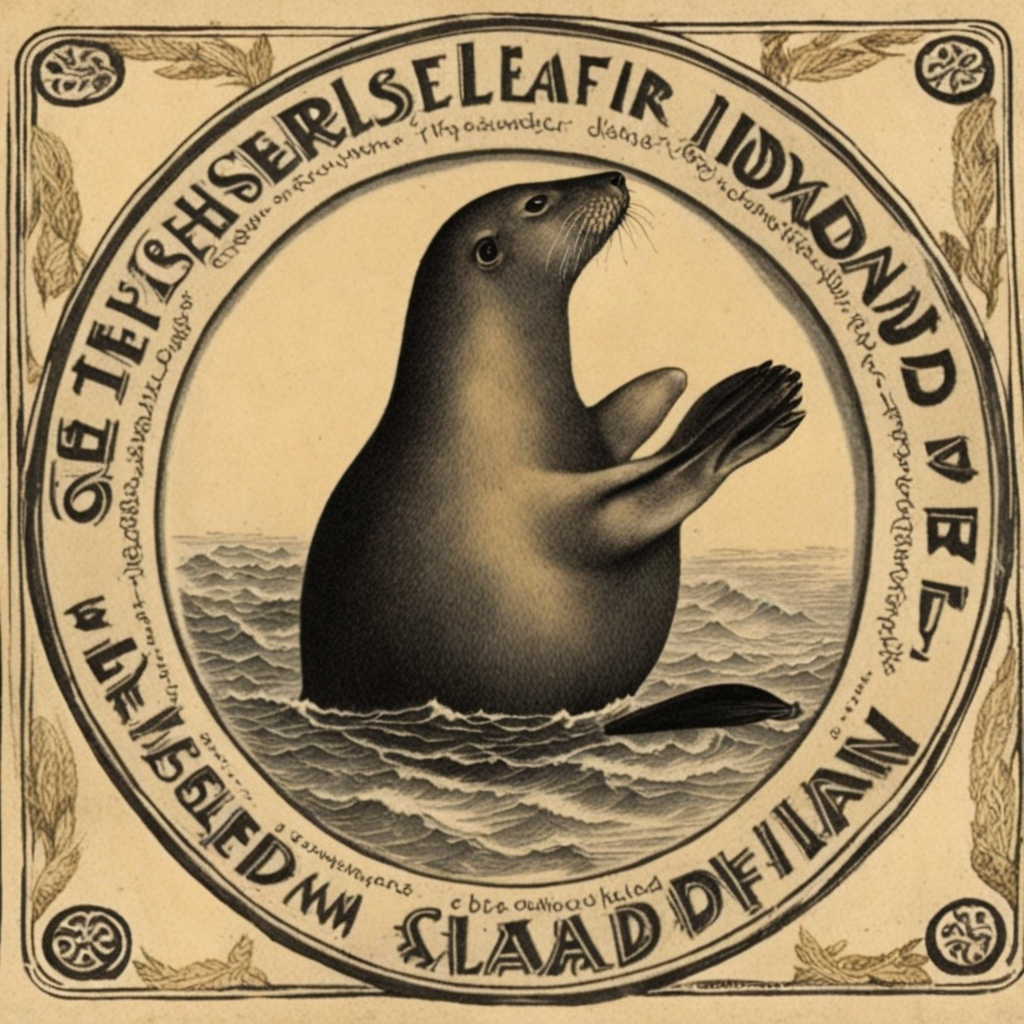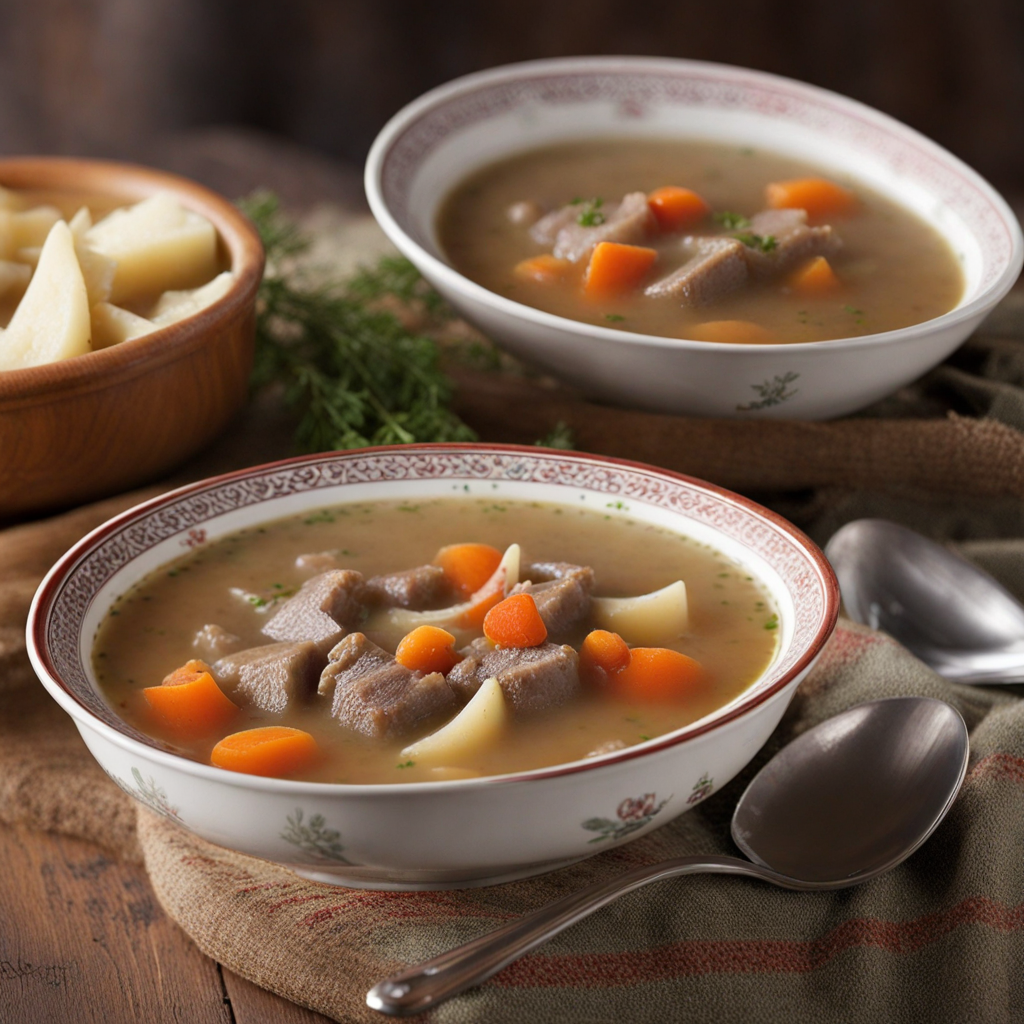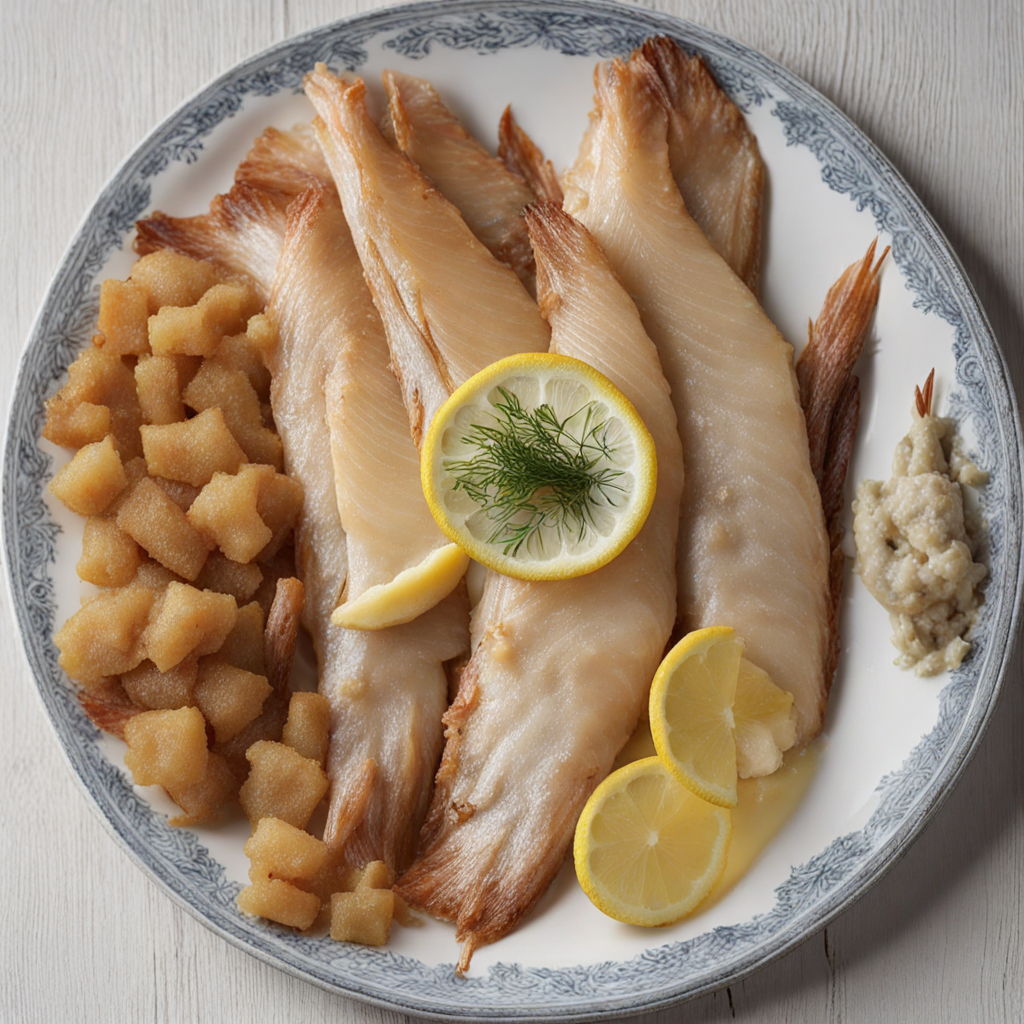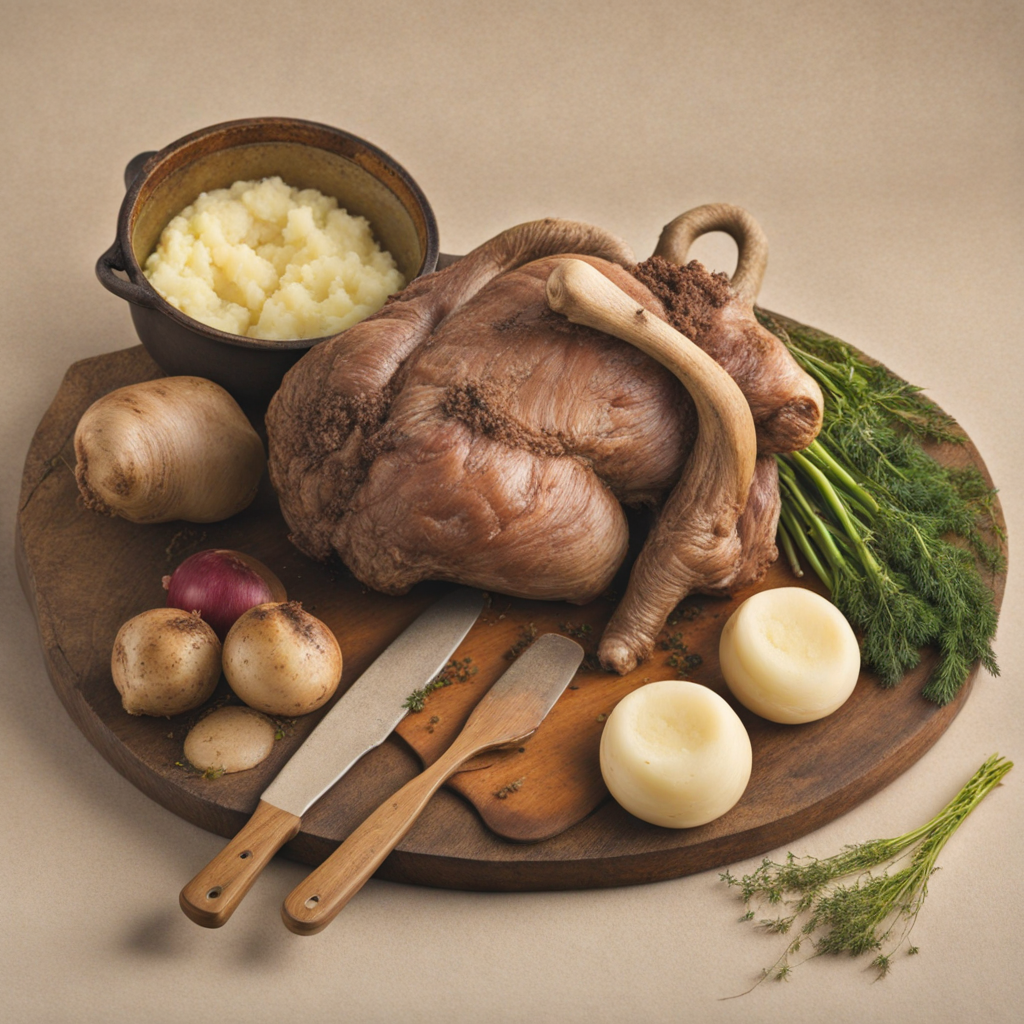Selshreifar
Selshreifar is a unique culinary delight hailing from the rugged landscapes of Iceland, offering a taste experience that is as rich in history as it is in flavor. This traditional dish, made from the meat of the harbor seal, showcases the ingenuity of Icelandic cuisine that has evolved over centuries. The meat is often prepared in a variety of ways, including slow-cooked stews or smoked to enhance its natural flavors. The preparation highlights the seal's robust, slightly gamey taste, which is complemented by the use of local herbs and spices that bring an earthy warmth to each bite. When you take a bite of Selshreifar, you will experience a tender yet firm texture that reflects the seal's lifestyle in the cold waters of the North Atlantic. The meat is rich in omega-3 fatty acids, making it not only flavorful but also beneficial for health. Served alongside traditional Icelandic sides such as root vegetables or creamy potato dishes, Selshreifar creates a hearty meal that is both satisfying and nourishing. It's a dish that tells the story of the Icelandic people, their relationship with the sea, and their commitment to using every part of the animal in a sustainable manner. Beyond its flavor, Selshreifar is also a dish rooted in cultural significance, often enjoyed during special occasions and gatherings. It provides a glimpse into the unique food heritage of Iceland, where traditional practices meet modern culinary techniques. For those adventurous eaters looking to expand their palate, Selshreifar is not just a meal—it's an experience that connects you to the wild, untamed nature of Iceland while indulging in a taste that is both exotic and deeply satisfying.
How It Became This Dish
Origin of Selshreifar Selshreifar, a traditional dish from Iceland, finds its roots deep in the country’s maritime culture. The name translates to "seal flippers," which signifies its main ingredient. Historically, seals have been an important part of Icelandic life, both as a food source and as a cultural symbol. The practice of hunting seals dates back to the Norse settlers who arrived in Iceland around the 9th century. These early settlers relied on the sea for sustenance, and seals provided not only meat but also blubber and skin, which were used for various purposes. The hunting of seals was not merely a matter of sustenance; it was also tied to the identity of the coastal communities. Selshreifar became a dish that symbolized the resourcefulness of Icelanders, showcasing their ability to utilize the harsh environment around them. As a resource, seals were hunted seasonally, and the preparation of their flippers was a way to preserve the meat for long periods, especially during the long winters when fresh food was scarce. \n\n Cultural Significance The cultural significance of Selshreifar extends beyond mere nutrition; it embodies the connection between Icelanders and their natural landscape. The dish is often associated with traditional feasts and gatherings, particularly in coastal areas where seal hunting was prevalent. It reflects the communal aspect of Icelandic culture, where sharing food brings people together and reinforces social bonds. For many Icelanders, Selshreifar is a reminder of their ancestors' ways of life, a testament to their survival in a challenging environment. The dish has also found its place in folklore and storytelling, serving as a motif that illustrates the relationship between humans and nature. While modern Icelanders may not rely on seal meat as their ancestors did, the dish remains a part of the cultural heritage, often prepared on special occasions or during traditional festivals. \n\n Preparation of Selshreifar Traditionally, Selshreifar is prepared by first cleaning and cooking the seal flippers. The flippers are boiled or stewed, often with various herbs and spices to enhance the flavor. This method of preparation allows the rich, fatty meat to become tender and palatable. In some variations, the flippers might be smoked or pickled, adding distinct flavors that reflect regional preferences. The cooking process is often a communal activity, where families gather to prepare the dish together, reminiscent of past generations. The use of local ingredients, such as wild herbs and seaweed, adds to the authenticity of the dish. Moreover, the preparation of Selshreifar is often accompanied by stories and songs, reinforcing its role in cultural practices and traditions. \n\n Evolution Over Time As Iceland underwent various transformations throughout the centuries, particularly in the 19th and 20th centuries, so did the consumption of Selshreifar. With the advent of modern fishing techniques and a shift towards more diverse dietary habits, the prominence of seal hunting diminished significantly. Legislation regarding seal hunting was introduced, reflecting changing attitudes towards wildlife conservation and animal rights. Despite these challenges, Selshreifar has managed to survive as a cultural artifact. In recent years, there has been a resurgence of interest in traditional foods among younger generations, who are keen to explore their heritage. Chefs and food enthusiasts have begun to reinterpret Selshreifar, incorporating contemporary culinary techniques and presentations while honoring the traditional methods. This evolution speaks to a broader movement within Iceland to celebrate indigenous ingredients and traditional recipes. \n\n Modern Context Today, Selshreifar is not as commonly consumed as it once was, but it remains a part of Iceland’s culinary landscape. It is featured in some restaurants that focus on traditional Icelandic cuisine, often presented as a delicacy for adventurous diners. Food festivals and cultural events may also include Selshreifar as part of their offerings, allowing visitors and locals alike to experience a taste of Icelandic history. The dish's modern iterations often highlight sustainability and ethical sourcing, with chefs emphasizing the importance of responsible hunting practices. As Iceland grapples with issues related to wildlife management and conservation, the preparation and consumption of Selshreifar prompt discussions about cultural heritage and environmental stewardship. \n\n Selshreifar in Contemporary Cuisine In contemporary cuisine, Selshreifar serves as a bridge between the past and the present, inviting diners to engage with Iceland’s rich history. Innovative chefs have sought to create dishes that reflect the flavors of Selshreifar while also incorporating global culinary trends. For instance, some have paired the flipper meat with seasonal vegetables or served it alongside modern sauces that complement the natural richness of the meat. Moreover, Selshreifar has become a point of interest among food tourists, many of whom seek authentic experiences in their travels. The dish is often promoted as part of Iceland's gastronomic tourism, enticing visitors to connect with the local culture through its traditional flavors. This interest has spurred a renewed appreciation for local ingredients and traditional cooking methods, fostering a sense of pride among Icelanders. \n\n Conclusion In summary, Selshreifar represents a unique intersection of history, culture, and cuisine in Iceland. From its origins as a vital food source for early settlers to its place in contemporary culinary practices, the dish encapsulates the resilience and adaptability of the Icelandic people. As the country continues to navigate the complexities of modern life while honoring its traditions, Selshreifar remains a poignant symbol of that enduring connection to the past. Through its preparation and consumption, Icelanders celebrate their heritage and the bountiful resources of their rugged landscape, ensuring that Selshreifar retains its significance for generations to come.
You may like
Discover local flavors from Iceland


